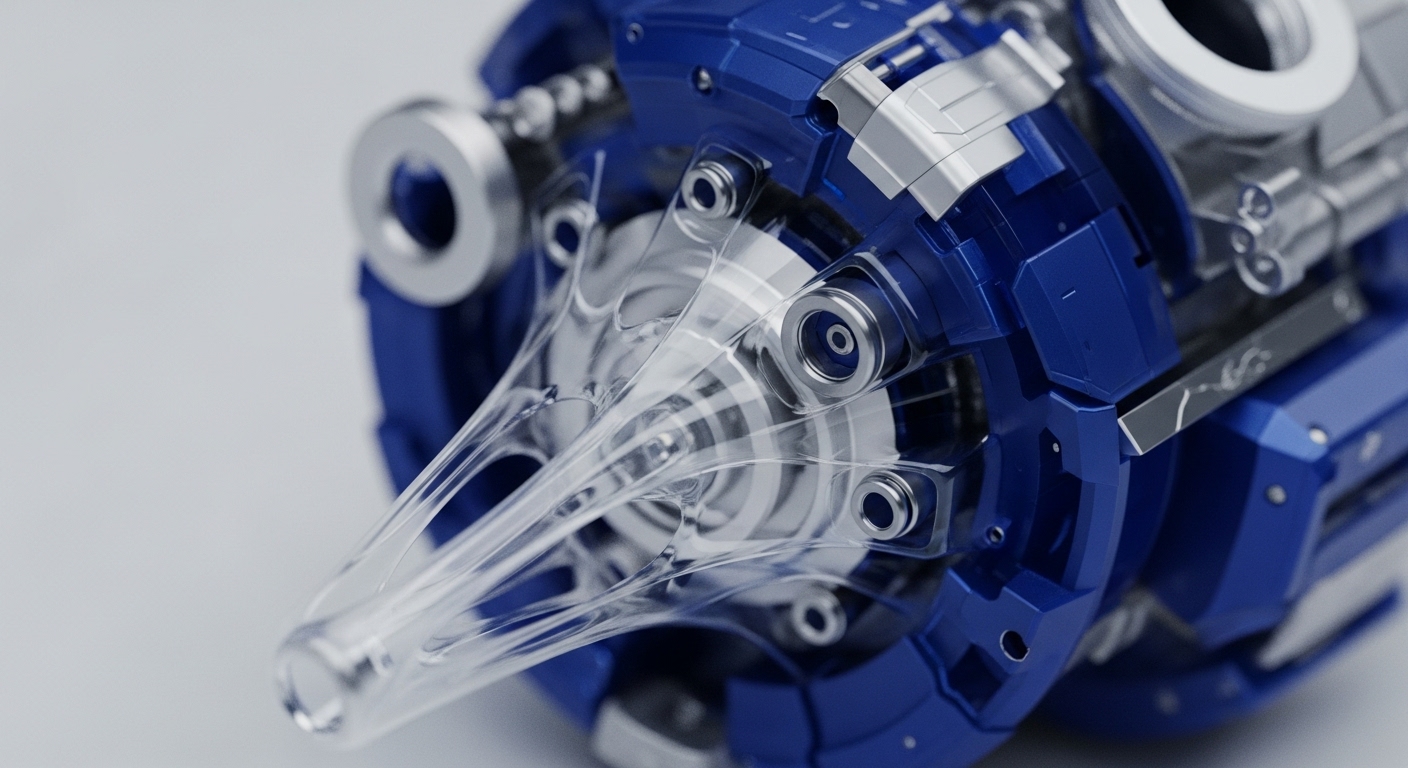
Briefing
Meteora has completed its Token Generation Event (TGE) for the $MET token, formalizing the governance and incentive structure for its Dynamic Liquidity Market Maker (DLMM) protocol, a critical primitive for the Solana DeFi ecosystem. The consequence is a new benchmark for capital efficiency, where liquidity providers (LPs) benefit from real-time fee adjustments and traders experience significantly lower slippage, directly addressing the volatility risks inherent in concentrated liquidity models. This strategic launch solidifies the protocol’s position as a core liquidity layer, evidenced by its over $889 million in Total Value Locked (TVL) and $20 billion in cumulative trading volume.

Context
Before the emergence of dynamic liquidity solutions, the DeFi landscape was characterized by two primary forms of friction → fragmented liquidity and suboptimal capital utilization. Traditional Automated Market Makers (AMMs) spread capital thinly across infinite price ranges, leading to poor returns for LPs and high slippage for large trades. Concentrated liquidity improved capital efficiency but exposed LPs to significant impermanent loss and required constant, active management, creating a poor user experience for passive providers. This product gap demanded a solution that could dynamically manage risk and reward without requiring constant user intervention.

Analysis
The DLMM fundamentally alters the application layer’s liquidity provisioning system by introducing dynamic, volatility-adjusted fee tiers and customizable price ranges. The cause-and-effect chain for the end-user is direct → the dynamic fee structure maximizes LP returns during periods of high volatility, while the concentrated, zero-slippage price bins ensure highly efficient trade execution. Competing protocols, which rely on static fee models or less granular liquidity concentration, face a competitive disadvantage in attracting high-volume traders and sticky institutional capital. Meteora’s traction is driven by its architectural framing as a “liquidity engine” that is composable with other Solana protocols, enabling aggregators like Jupiter to route trades through the most efficient pools and reducing overall slippage by up to 40% in volatile pairs.

Parameters
- Total Value Locked (TVL) → $889 Million → The total capital currently secured within Meteora’s DLMM and Dynamic Vaults, signifying its market adoption and liquidity depth.
- Cumulative Trading Volume → $20 Billion → The total value of assets traded through the protocol, demonstrating its market impact and role as a core exchange layer.
- Solana DEX Market Share → Over 22% → The protocol’s share of the total decentralized exchange volume on Solana, confirming its top-tier competitive position.
- DLMM Slippage Reduction → Up to 40% → The observed improvement in trade execution efficiency in volatile asset pairs compared to previous models.
- TGE Date → October 23, 2025 → The date of the native $MET token launch, establishing the final governance and incentive layer.

Outlook
The immediate next phase for Meteora is leveraging the $MET token to decentralize governance and further incentivize liquidity inflows, creating a powerful flywheel effect. The core DLMM primitive is highly likely to be forked onto other high-throughput Layer 1 and Layer 2 ecosystems, but Meteora’s first-mover advantage and deep integration with the Solana ecosystem → including its use of Dynamic Vaults to integrate with lending protocols → create a defensible moat. This dynamic liquidity layer is positioned to become a foundational building block for advanced dApps, enabling the creation of complex, capital-efficient products like tokenized real-world asset (RWA) trading pools and sophisticated structured products that require precise, low-slippage execution.

Verdict
Meteora’s DLMM represents a critical architectural upgrade to the Automated Market Maker primitive, establishing a new standard for capital efficiency that will define the next generation of decentralized exchange infrastructure.
